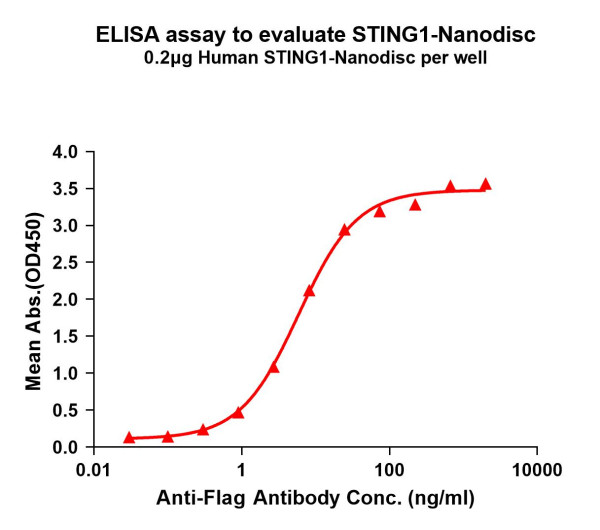Cookie-Einstellungen
Diese Website benutzt Cookies, die für den technischen Betrieb der Website erforderlich sind und stets gesetzt werden. Andere Cookies, die den Komfort bei Benutzung dieser Website erhöhen, der Direktwerbung dienen oder die Interaktion mit anderen Websites und sozialen Netzwerken vereinfachen sollen, werden nur mit Ihrer Zustimmung gesetzt.
Konfiguration
Technisch erforderlich
Diese Cookies sind für die Grundfunktionen des Shops notwendig.
"Alle Cookies ablehnen" Cookie
"Alle Cookies annehmen" Cookie
Ausgewählter Shop
CSRF-Token
Cookie-Einstellungen
FACT-Finder Tracking
Individuelle Preise
Kundenspezifisches Caching
Session
Währungswechsel
Komfortfunktionen
Diese Cookies werden genutzt um das Einkaufserlebnis noch ansprechender zu gestalten, beispielsweise für die Wiedererkennung des Besuchers.
Facebook-Seite in der rechten Blog - Sidebar anzeigen
Merkzettel
Statistik & Tracking
Endgeräteerkennung
Kauf- und Surfverhalten mit Google Tag Manager
Partnerprogramm
Bei Fragen nutzen Sie gerne unser Kontaktformular.
Bestellen Sie auch per E-Mail: info@biomol.com
Größere Menge gewünscht? Bulk-Anfrage
Bestellen Sie auch per E-Mail: info@biomol.com
Größere Menge gewünscht? Bulk-Anfrage
Discover a breakthrough in membrane protein research and drug development with DIMA Biotech's... mehr
Produktinformationen "STING1 (human) full length protein-synthetic nanodisc"
Discover a breakthrough in membrane protein research and drug development with DIMA Biotech's Synthetic Nanodiscs. Traditional methods struggle with challenges in obtaining water-soluble and bioactive forms of multi-transmembrane proteins. Our innovative polymer-based Nanodisc platform offers a game-changing solution by excluding membrane scaffold proteins (MSPs), resulting in a cleaner system with fewer interferences for downstream assays. By disassembling cell membranes into nanoscale disc-shaped structures, our technology enables the purification of membrane proteins to high homogeneity under aqueous conditions. Explore how Synthetic Nanodiscs empower the functional characterization of multi-span transmembrane proteins in their active form, revolutionizing the future of membrane protein research and drug development. Protein function: Facilitator of innate immune signaling that acts as a sensor of cytosolic DNA from bacteria and viruses and promotes the production of type I interferon (IFN-alpha and IFN-beta) (PubMed:18724357, PubMed:18818105, PubMed:19433799, PubMed:19776740, PubMed:23027953, PubMed:23910378, PubMed:23747010, PubMed:30842659). Innate immune response is triggered in response to non-CpG double-stranded DNA from viruses and bacteria delivered to the cytoplasm (PubMed:26300263). Acts by binding cyclic dinucleotides: recognizes and binds cyclic di-GMP (c- di-GMP), a second messenger produced by bacteria, and cyclic GMP-AMP (cGAMP), a messenger produced by CGAS in response to DNA virus in the cytosol (PubMed:21947006, PubMed:23258412, PubMed:23707065, PubMed:23722158, PubMed:26229117, PubMed:23910378, PubMed:23747010, PubMed:30842659). Upon binding of c-di-GMP or cGAMP, STING1 oligomerizes, translocates from the endoplasmic reticulum and is phosphorylated by TBK1 on the pLxIS motif, leading to recruitment and subsequent activation of the transcription factor IRF3 to induce expression of type I interferon and exert a potent anti-viral state (PubMed:22394562, PubMed:25636800, PubMed:30842653). In addition to promote the production of type I interferons, plays a direct role in autophagy (PubMed:30568238, PubMed:30842662). Following cGAMP-binding, STING1 buds from the endoplasmic reticulum into COPII vesicles, which then form the endoplasmic reticulum-Golgi intermediate compartment (ERGIC) (PubMed:30842662). The ERGIC serves as the membrane source for WIPI2 recruitment and LC3 lipidation, leading to formation of autophagosomes that target cytosolic DNA or DNA viruses for degradation by the lysosome (PubMed:30842662). The autophagy- and interferon- inducing activities can be uncoupled and autophagy induction is independent of TBK1 phosphorylation (PubMed:30568238, PubMed:30842662). Autophagy is also triggered upon infection by bacteria: following c-di- GMP-binding, which is produced by live Gram-positive bacteria, promotes reticulophagy. Exhibits 2',3' phosphodiester linkage- specific ligand recognition: can bind both 2'-3' linked cGAMP (2'-3'- cGAMP) and 3'-3' linked cGAMP but is preferentially activated by 2'-3' linked cGAMP (PubMed:26300263, PubMed:23910378, PubMed:23747010). The preference for 2'-3'-cGAMP, compared to other linkage isomers is probably due to the ligand itself, whichs adopts an organized free- ligand conformation that resembles the STING1-bound conformation and pays low energy costs in changing into the active conformation (PubMed:26150511). May be involved in translocon function, the translocon possibly being able to influence the induction of type I interferons (PubMed:18724357). May be involved in transduction of apoptotic signals via its association with the major histocompatibility complex class II (MHC-II). [The UniProt Consortium]
| Schlagworte: | ERIS, hMITA, hSTING, Transmembrane protein 173, Mediator of IRF3 activation, Stimulator of interferon genes protein, Endoplasmic reticulum interferon stimulator, ERIS, hMITA, hSTING, MITA, MPYS, NET23, SAVI, STING, STING-beta, TMEM173, Human STIN |
| Hersteller: | DIMA |
| Hersteller-Nr: | FLP100040 |
Eigenschaften
| Anwendung: | Full length transmembrane protein, FA, ELISA, screening, immunization, cell-based assays, crystallization |
| Konjugat: | No |
| Wirt: | Human cells |
| Spezies-Reaktivität: | human |
| MW: | 42.2 kD |
| Format: | Lyophilized |
Datenbank Information
| KEGG ID : | K12654 | Passende Produkte |
| UniProt ID : | Q86WV6 | Passende Produkte |
| Gene ID | GeneID 340061 | Passende Produkte |
Handhabung & Sicherheit
| Lagerung: | -20°C (avoid repeat freezing and thawing cycles) |
| Versand: | +20°C (International: +20°C) |
Achtung
Nur für Forschungszwecke und Laboruntersuchungen: Nicht für die Anwendung im oder am Menschen!
Nur für Forschungszwecke und Laboruntersuchungen: Nicht für die Anwendung im oder am Menschen!
Hier kriegen Sie ein Zertifikat
Loggen Sie sich ein oder registrieren Sie sich, um Analysenzertifikate anzufordern.
Bewertungen lesen, schreiben und diskutieren... mehr
Kundenbewertungen für "STING1 (human) full length protein-synthetic nanodisc"
Bewertung schreiben
Loggen Sie sich ein oder registrieren Sie sich, um eine Produktbewertung abzugeben.
Zuletzt angesehen






